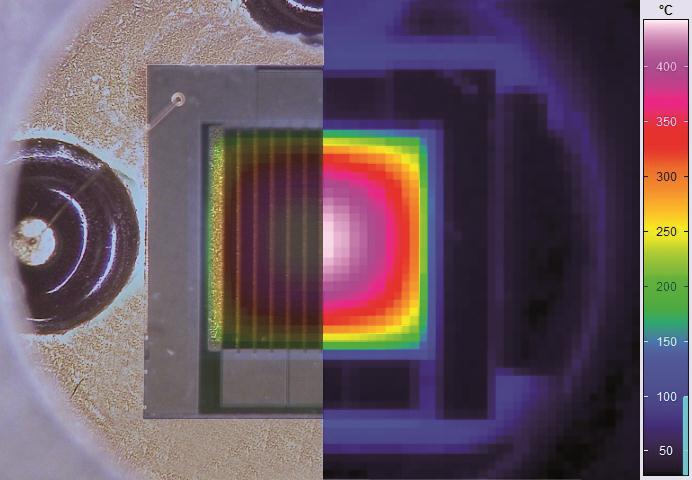Software Download
Please leave your name and mail address. We will send you a link for the software download.
Please leave your name and mail address. We will send you a link for the software download.

Gas measurements are a complex matter. For your inquiry, please use our super simple application questionnaire or send us an informal email to get in touch with us quickly.
Wi.Tec-Sensorik · The Gas Measurement Company

Within the infrared spectral range between 2 µm to 12 µm or 14 µm the IR photometry can detect different gases. This spectral range is much larger than the UV range, so that many more gases can be measured there. However, the cross-sensitivities to other gases that may be part of the measurement gas to be analyzed are disadvantageous here. In particular interference of steam and carbon dioxide can partially make these measurements nearly impossible so that selective compensation must be performed. Since a spectrometer is not used with this measurement method it is also known as NDIR, analogous to the NDUV.
Compared to the NDUV gas sensor the INFRA.sens® uses broadband radiation sources (thermal emitters). This radiation immediately reaches the measuring cuvette in which specific spectral ranges are absorbed from the broadband spectrum of the radiation source. The measuring detector which contains at least 2 separate channels is located at the end of the measuring cuvette. In the simplest case the measuring channel has an interference filter placed in front of the detector. Afterwards a detector measures the specific radiation absorption. The reference detector has an interference filter in front of the detector, too but with a spectral transmission range (approx. 4 µm) where no absorption takes place.
The evaluation electronics use the two signals to calculate the gas concentration in the measuring cuvette. Alternatively, a detector with several measuring channels can be placed at the end of the measuring cuvette so that 3 components to be recorded simultaneously.
